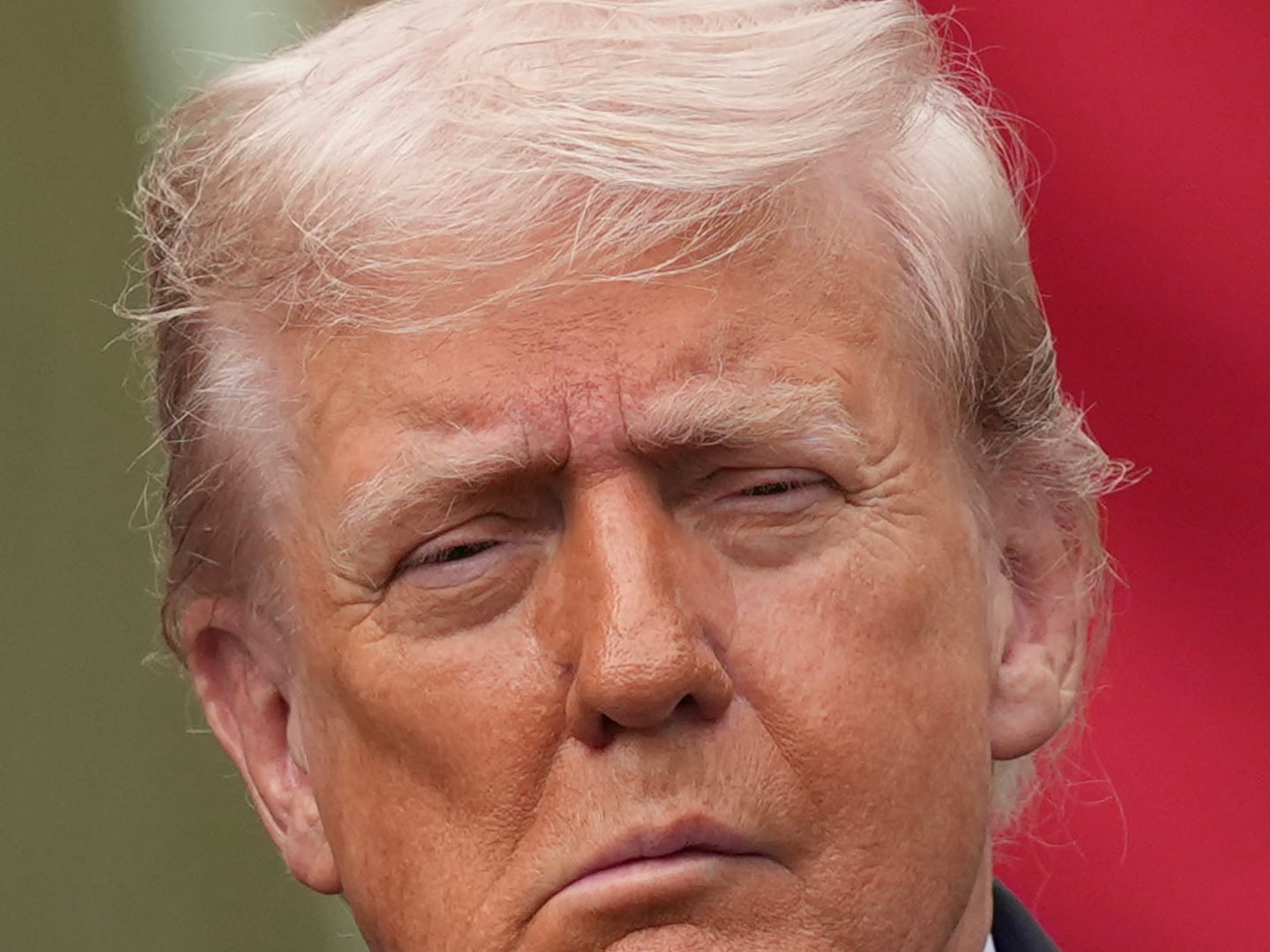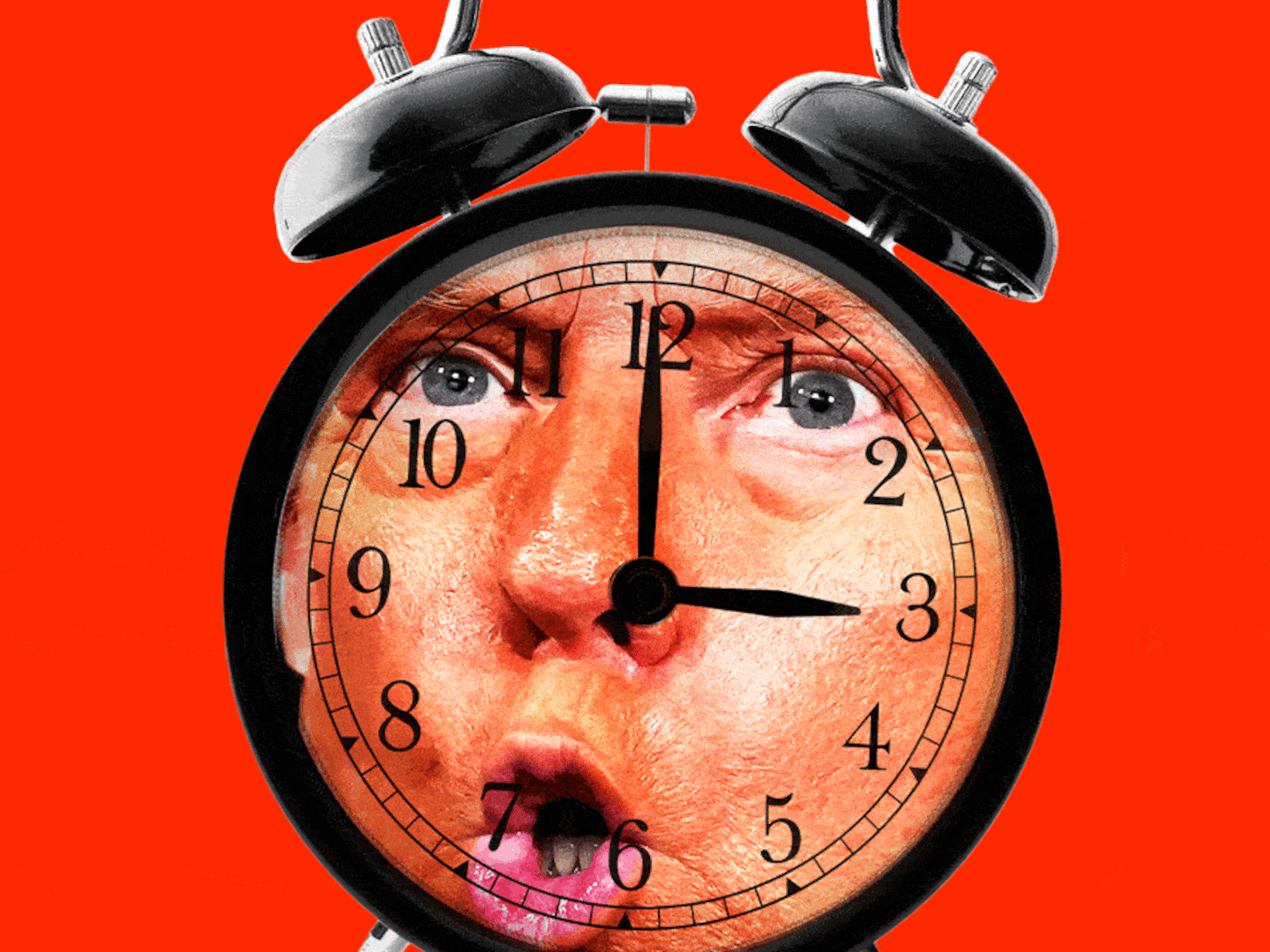This morning, the Supreme Court ruled 5-4 in the case Shelby County v. Holder that Section 4 of the Voting Rights Act is unconstitutional.

The Voting Rights Act of 1965 was a landmark piece of legislation passed during the civil-rights movement to protect African-Americans’ voting privileges after decades of disenfranchisement.
Even after the 15th Amendment was passed in 1870, prohibiting governments from denying any citizen the right to vote based on race, obstacles like literacy tests and other restrictions meant that African-Americans often found themselves barred from the ballot box. The Voting Rights Act is intended to bolster to the 15th Amendment.
So why is it back in court?
Here’s where it gets a little complicated. Specific sections of the Voting Rights Act remain controversial, even decades after it was passed.
Section 4, which was struck down, provides a formula that determines which states must seek approval from the federal government before changing any election laws or procedures. These 16 states—mostly but not exclusively Southern—have a documented history of discriminatory voting dating back to Jim Crow.
Section 4 goes hand in hand with Section 5, which is basically an implementing arm of Section 4 that allows the federal government to require that approval. While Section 5 is the billboard section, it’s left essentially powerless without Section 4. Experts are arguing that striking down Section 4 leaves Section 5 toothless. With Section 4 struck down, it will be up to Congress to construct a new map of which states would be covered under Section 5. We’ll see how that turns out.
Section 4 was challenged in this case by the local government of Shelby County, Alabama. Alabama is one of the 16 states covered under Section 5.
Lawyers for Shelby County argued that the Obama administration was enforcing Section 5 particularly aggressively there and that the law targets certain states unfairly and unnecessarily. Lawyers for Shelby and opponents of Sections 4 and 5 in general argue that times have changed since 1965, as shown by the election of a black president and high African-American voting turnout.
The court ruled with Kennedy, Alito, Roberts, Scalia, and Thomas in the majority and Ginsburg, Breyer, Sotomayor, and Kagan dissenting (surprise!). Roberts wrote the majority opinion.
This is a major decision that could allow a bevy of controversial voting laws—from requiring photo identification from all voters to limiting early voting—to stand in states with long histories of discrimination. While individual laws are being challenged in lower courts, many still stand and may affect the 2014 midterm elections.
While this is a huge decision, it hasn’t come as a surprise to many voting-rights experts. Rick Hasen, who runs Election Law Blog, tweeted that “no one should be surprised by today’s ruling.” Linda Greenhouse of The New York Times also predicted that Section 5 would be struck down.
Who wins and who loses here?
The winners are proponents of stricter voting laws intended to stop voting fraud (which voting-rights advocates say is a nonexistent problem). And the 16 states formerly beholden to Section 5 will now have a much easier time changing local election laws without having the federal government involved.
There’s no doubt voting-rights advocates will continue to fight against strict voting laws like photo-ID requirements, but without Section 5, they’ll have to respond to potentially discriminatory laws as they’re passed, rather than count on federal oversight to block them in advance.
Voting-rights proponents and civil-rights activists will argue that the losers here are minority voters, not just African-Americans but immigrants of any race who have a hard time obtaining a photo ID or getting to the polls without an early voting option.
Judith Browne Dianis, a co-director of the Advancement Project, a civil-rights organization, called the ruling disappointing. “Ample evidence shows that prior Section 4 formula,” she says, “which enabled Section 5 to block more than 1,500 discriminatory voting laws from going into effect since its inception, including five last year, is still a critical necessity, and that the formula for those covered states was clearly appropriate.”
Keep an eye out for how individual voting-rights laws fare in the lower courts between now and November 2014—the midterm elections could look very different depending on what stands and what’s struck down.






